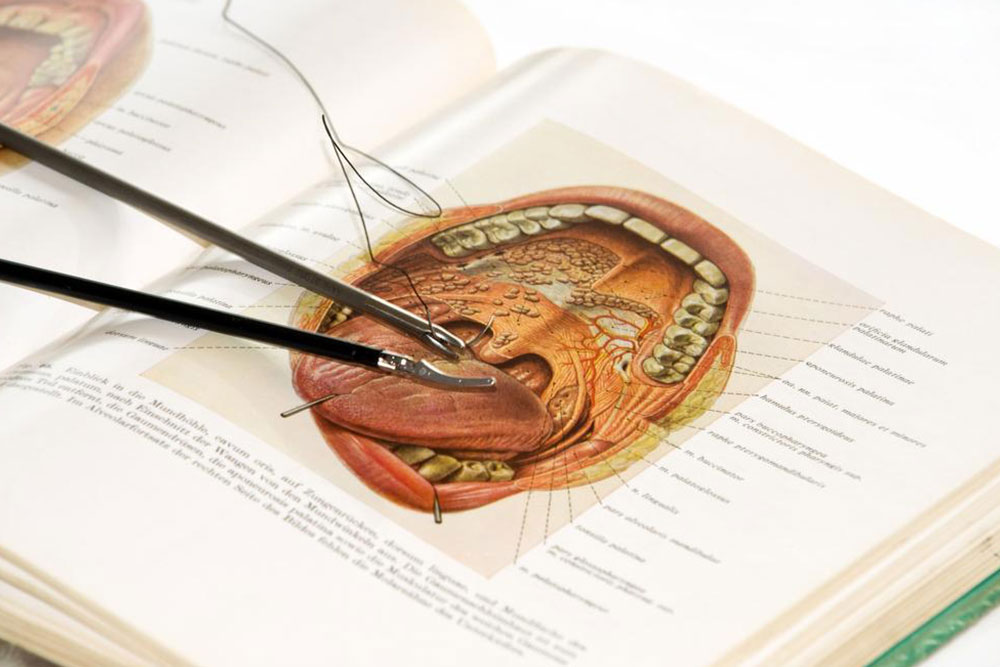Fundamental Insights into Human Anatomy You Must Know
Explore the comprehensive study of human anatomy, tracing its historical evolution from ancient civilizations to modern technological advancements. Discover the importance of anatomy in various medical and scientific careers, and learn how cutting-edge imaging technologies continue to deepen our understanding of the human body's structure. This extensive guide emphasizes the relevance of anatomy in health, research, education, and innovative medical fields, inspiring future professionals and enthusiasts alike.

Fundamental Insights into Human Anatomy You Must Know
Human anatomy is a vital field of study that delves into the complex structural makeup of the human body. As a branch of biological sciences, it explores the organization, function, and relationships of various body parts through meticulous dissection, imaging, and analysis. This knowledge is essential not only for medical professionals but also for researchers, educators, and anyone interested in understanding the intricacies of human biology. The study of human anatomy has evolved significantly over centuries, with its origins rooted in ancient civilizations where early scholars endeavored to describe the human form amidst cultural constraints and limited scientific tools. The development of anatomy as a scientific discipline faced numerous challenges, largely due to cultural taboos surrounding dissection and the supernatural interpretations prevalent during early times. It wasn't until the Renaissance period, with groundbreaking works by pioneers like Andreas Vesalius, that the scientific understanding of the human body truly flourished. Vesalius' seminal work, De humani corporis fabrica, published in 1543, marked a turning point by providing detailed illustrations and precise descriptions of human anatomy, dispelling many myths and misconceptions. This text laid the foundation for modern anatomical studies, inspiring further research and exploration. In the 19th century, Henry Gray's Gray's Anatomy became an authoritative reference, extensively documenting the structure of the human body with clarity and scientific rigor, making anatomy more accessible to students and practitioners worldwide. Today, advances in imaging technologies like MRI, CT scans, and 3D modeling continue to expand our understanding of human anatomy, enabling surgeons, clinicians, and researchers to visualize and study the body with unprecedented detail. Mastery of human anatomy plays a critical role in various medical careers, including surgeons performing precise operations, physiotherapists aiding in rehabilitation, radiologists interpreting complex imaging, and biomedical scientists investigating the mechanisms of disease. Furthermore, knowledge of anatomy is essential for educators developing curriculum and training future healthcare professionals. The comprehensive understanding of human anatomy is not only vital for medical practice but also for innovations in health technology, forensic science, and even artificial intelligence modeling of biological systems. It forms the backbone of health sciences, underpinning discoveries that enhance our ability to diagnose, treat, and prevent diseases. A sound grasp of anatomy also encourages a deeper appreciation for the marvels of the human body, fostering a lifelong interest in biological sciences and health-related careers. As technology progresses, the integration of anatomy with fields such as biotechnology, regenerative medicine, and robotic surgery continues to open new horizons, promising exciting developments in healthcare and human sciences. Whether you are pursuing a career in medicine, health sciences, or scientific research, understanding the fundamental aspects of human anatomy is indispensable for advancing knowledge and improving human health outcomes.




